Working from Home Confessions: An Osteopath’s Account
If I had a pound for every time a patient admitted, “I’ve been working from the sofa with Frasier on in the background,”I’d be writing this from a very fancy ergonomic chair in the Bahamas.
As an Osteopath, I’ve heard it all — and I hear it often. Since the rise of home working, patients in desk-based roles have been turning up with a predictable combination of lower back pain, upper back tension, neck stiffness, and sometimes a heavy dose of burnout.
And while posture plays a role, the real picture is far more layered.
“I know it’s bad, but…”
Working from home has given people flexibility — but it’s also led to some less-than-ideal habits. These are the confessions I hear most:
“I work from the sofa most days. It's just easier.”
“Sometimes I sit at the dining table… but it’s not ideal.”
“I’m on the laptop with a toddler climbing on me.”
“I’m constantly on my phone while trying to cook or tidy.”
“I snack more. Move less. I’m just exhausted.”
These aren’t rare cases — they’re everyday realities for many people, especially parents juggling work with children at home during the school holidays.
The strain you don’t always notice
Prolonged sitting puts the most compressive load on the lumbar discs — more than standing or even lifting.
Looking down at screens, especially phones or laptops, increases tension in the neck and upper thoracic spine.
Multitasking stress doesn’t just affect your brain — it shows up in your body as shallow breathing, poor core support, and muscular fatigue.
And it's not just physical. The mental health toll is real — isolation, overwhelm, and the daily pressure to "do it all" take their toll, especially during school holidays when routine, space, and time for self-care disappear.
Maintaining good desk posture throughout the working day is a struggle for many of us.
It’s not just posture — it’s patterns
The patients I see aren’t just suffering from bad posture. They’re stuck in unsustainable patterns:
Working long hours without breaks
Rushing to school pick-ups mid-Zoom call - the amount of parents I know sat in the car at pick-up wrapping up a zoom meeting when I’m on the school run!
Dealing with background guilt, stress, and decision fatigue
Losing time, space, and motivation to move, stretch, or even breathe deeply
What we see as Osteopaths
By the time patients come to us, it’s often more than just pain — it’s frustration, fatigue, and a sense of “I know I need to change, but I don’t know where to start.”
At The Waterside Practice, we don’t just treat the pain — we listen to the story. We look at the physical, emotional, and environmental factors behind it all.
Treatment might include:
Hands-on therapy to release tension
Advice on workstation setup (even small changes help!)
Breathing, posture, and pacing strategies
Encouragement to build realistic, energy-giving habits — not perfect ones
No judgment — just support
If you’ve been using your sofa as an office, living off caffeine and biscuits, or feel like you haven’t stretched in weeks — you’re not alone. We’ve heard it all, and we’re here to help you turn things around.
Start with one small step — and if you need guidance, we’re just a call away.
📍 The Waterside Practice | Warboys, Huntingdon
☎️ 01487 209 084 | ✉️ reception@thewatersidepractice.co.uk
#WorkingFromHomeConfessions #OsteopathsPerspective #BackPainRelief #DeskBasedStruggles #HomeOfficeHabits #SchoolHolidayStress #RealTalkRealRelief #TheWatersidePractice



